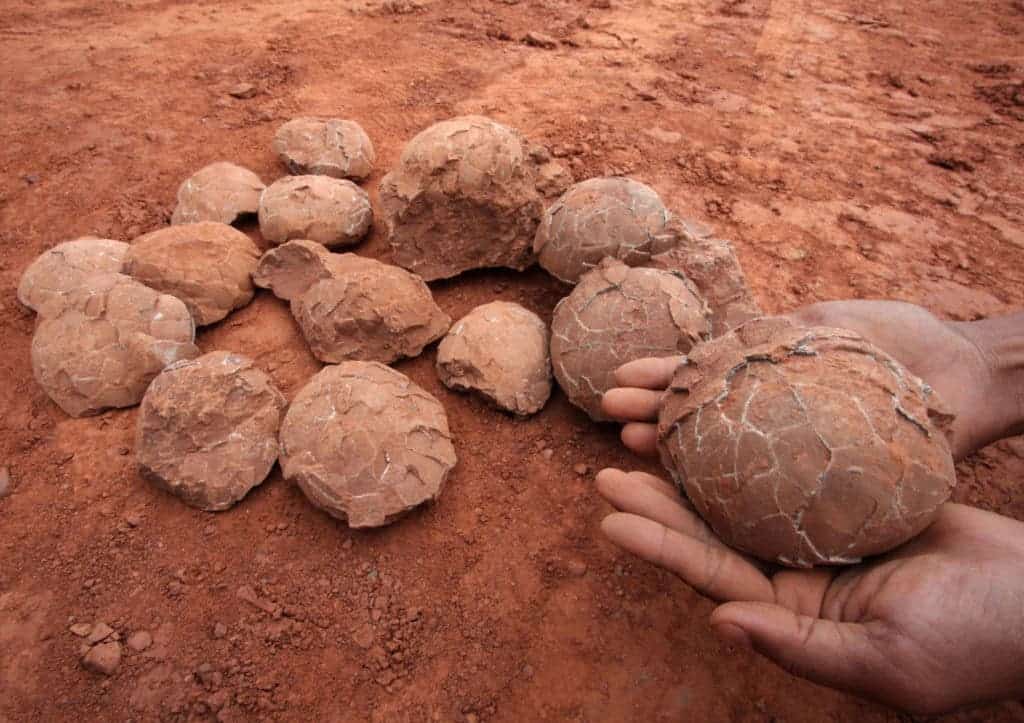The mysteries surrounding dinosaurs have fascinated generations of scholars, with still many open questions regarding the giant creatures that populated the Earth for dozens of millions of years. Now, thanks to a group of Israeli scientists, a key mystery regarding their life may have been solved.

Ask any kid with an interest in nature, and he’ll tell you that dinosaurs are cold-blooded. But is that really the case?
A team led by professor Hagit Affek of the Institute of Earth Sciences of the Hebrew University of Jerusalem decided to look at whether dinosaurs are indeed cold-blooded — and their suggest that the warm-blooded theory might have a lot more going for it.
The question has far-reaching implications. Hot-blood animals, also known as endothermic, can generate their body heat, which causes them to consume more energy, but equips them better against climatic changes, while cold-blooded animals (exothermic) depend on the sun and require less energy and, therefore, less food.
The team used a new approach to measure historical temperatures, analyzing the chemical bonds between the heavy isotopes of calcium carbonate minerals present in eggshells. This technique allowed scientists to evaluate the temperature of the mother’s body that laid the egg.
Affek and the team worked on fossilized eggs of three species of dinosaurs that lived in high altitudes so to make sure that the body temperatures were the result of an internal process rather than the climate around them. The fossils were selected from Alberta, Canada.
“The global climate during the dinosaur era was significantly warmer than it is today. For this reason, measuring only the body temperatures of dinosaurs who lived near the equator wouldn’t tell us whether they were endo- or exothermic because their body temperature may simply have been a cold-blooded response to the hot climates they lived in,” shared Affek.
After looking at the fossils, the team concluded that the body temperature was between 35° and 40° C, close to the human body temperature (which is between 36,5° and 37,5° C). They verified the findings by applying their same method to mollusk shells that lived in Alberta alongside the dinosaurs.
As part of their evolution, it would seem that at least some dinosaurs went from being lizard-like and cold-blooded to being avian and ward-blooded. According to the researchers, the transformation happened very fast.
“The Mayasaura eggs—a lizard-like dinosaur species that we tested—were already able to self-regulate their body temperature, just like their warm-blooded, bird-like cousins, the Torrdons,” explained Affek.
Until recently it was believed that dinosaurs were cold-blooded in consideration of their close relationship with reptiles. However, in 2014, a study published in the journal Science Studies stated that they represented an intermediate category between the two. The debate has been underway since then and will likely not be quenched by this study alone..
The research has appeared in Science Advances.









